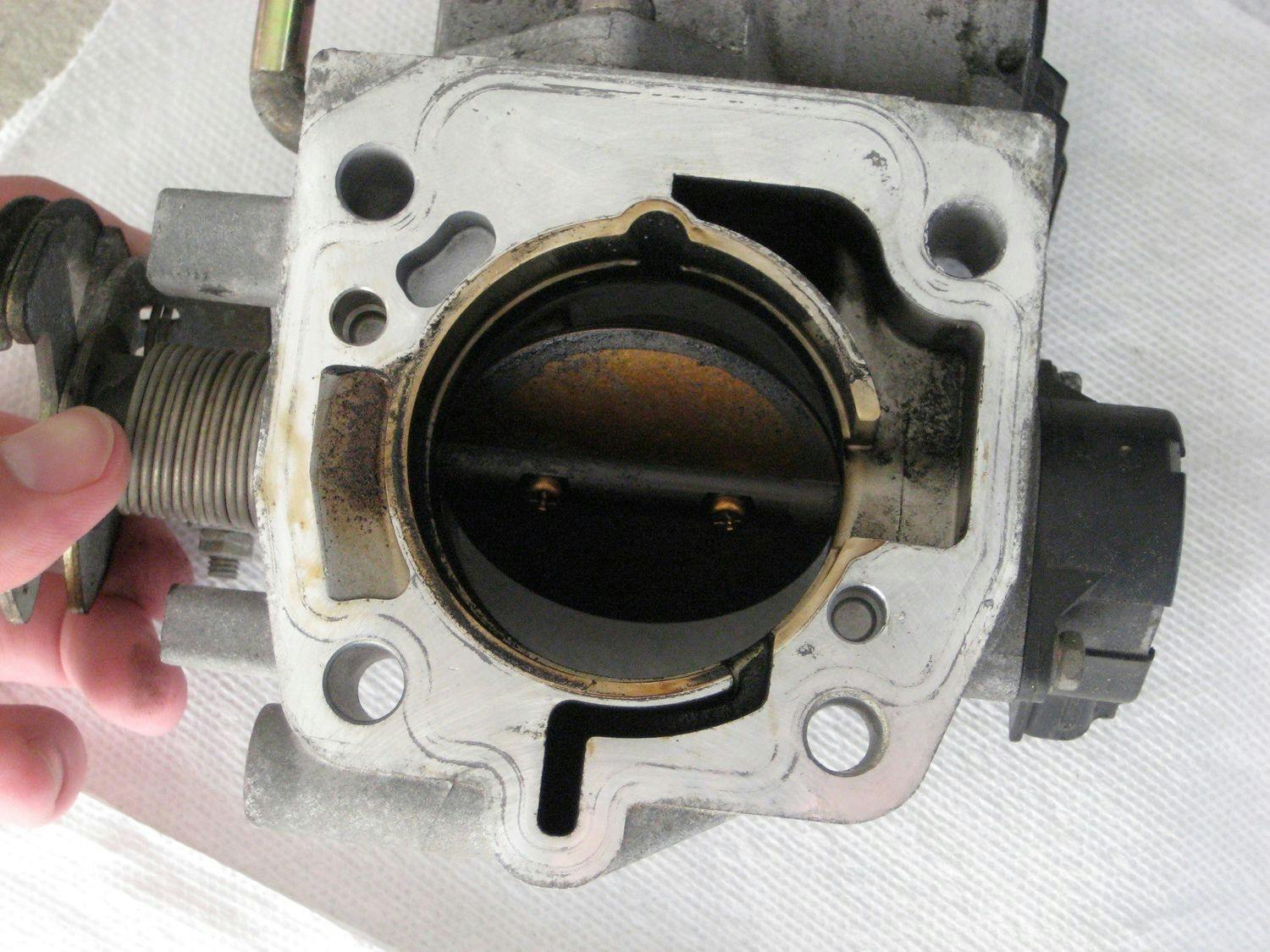Nitro Oxide System: How and why is it used in cars?

Nitro oxide is translated as nitrogen oxide (or paradise gas), used in healthcare as an anesthetic - but we will be interested in its use in cars.
This article continues the performance enhancement series, and we will briefly focus on the Nitro Oxide System, NOS.
Inhoudsopgave
How does N2O work in a car?
By injecting N2O (nitrogen oxide) into the intake manifold of a gasoline engine, it is possible to get a huge amount of power for little money (for whom).
However, the increase in power is short-lived (10-15 seconds) because the engine could be damaged. It is also recommended to inject nitrous oxide only when the throttle is fully open, i.e., at full throttle.

Throttle valve: How it works and its possible malfunctions
Nitrous oxide decomposes at approximately 300 degrees Celsius into nitrogen and oxygen. A very rich oxygen mixture is created after the gas is injected into the combustion chamber.
The function of nitrogen is that during expansion, it becomes icy and thus also cools the oxygen, which makes the combustion process more efficient. Nitrous oxide contains 2.3 times more oxygen than is contained in our atmosphere.
Equipment required to install NOS:
- Pressure bottle
- Pressure pipe
- Solenoids (coils)
- Injector
There are two systems for N2O injection, namely:
- Dry system
- Wet system
1. Dry system
The gas is injected in front of a sensor that senses the weight of the intake air so that the control unit can set a larger amount of fuel. However, too much lean mixture can get into the cylinder, which can cause the valves to catch fire.

Lean mixture: What effect does it have on the engine?
2. Wet system
Gas and fuel are injected simultaneously into the intake system before the valve. The gas is injected into the system only after the valve on the cylinder is opened. N2O injection occurs immediately after pressing the switch.
When filling with gas, it is necessary to cool the cylinder. If you don't do that, you won't even fit half the volume of liquefied gas into it. One charge lasts for approximately seven accelerations.
Advantages of NOS:
- great performance at a reasonable price
- increase in performance can be controlled at will
Disadvantages of NOS:
- the increase in power is only temporary
- the great strain on the engine and its components
- NOS may not be approved in your country
Conclusion
The increase in performance can range from 25 to 70%. Without modifying pistons, connecting rods, and other components, exceeding the limit of 20% is not recommended. You also need to pay attention to the reasonable dosage of power. Otherwise, it may happen that your engine will get too much dosage and end up in a scrap yard.